
May.12
Elizabeth Andoh – A Taste of Culture
May.12
Dear friends, colleagues and those who have expressed an interest in the FOOD & CULTURE of Japan: SHŌBU: 尚武・勝負・菖蒲 The Japanese often engage in word play, and during the month of May there are two words, SHŌBU and KATSU, that provide opportunity to engage in homonym fun. The words for martial spirit (shōbu, 尚武), victory…
Mar.28
Elizabeth Andoh – A Taste of Culture
Mar.28
Celebrating Sakura The Japanese take great pleasure in celebrating the seasons and SAKURA (cherry blossoms) are emblematic of spring. From the time buds (tsubomi 蕾) first appear to the official pronouncement of blooming (kaika 開花) it is often less than a week. And from there to full-blown flowering (mankai 満開) can be just days. The…

Oct.22
Elizabeth Andoh – A Taste of Culture
Oct.22
Dear friends, colleagues and those who have expressed an interest in the FOOD & CULTURE of Japan: With consistently cooler days and a few downright chilly nights, it finally feels as though autumn has arrived in Tokyo. After another long, brutal summer during which beat-the-heat survival menus featured icy cold tofu and well-chilled egg…
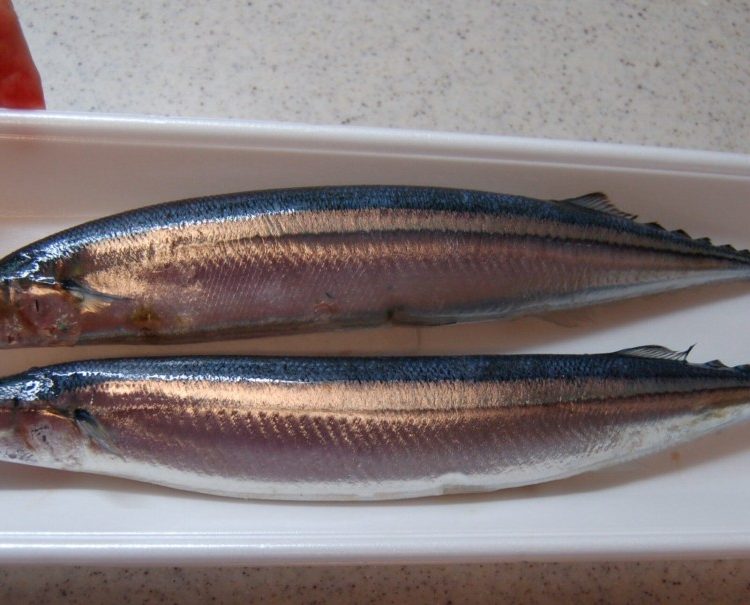
Sept.08
Elizabeth Andoh – Autumnal Culinary Pleasure: SANMA
Sept.08
The Japanese speak of aki no mikaku (autumnal eating pleasures). Of the many foods placed in that category, a slender, sleek, and steely-colored fish called sanma (Pacific saury; Cololabis saira 秋刀魚) has always been considered shomin no aji, or “food for the masses.” In historical novels and period-piece TV dramas, its the common folk, never…
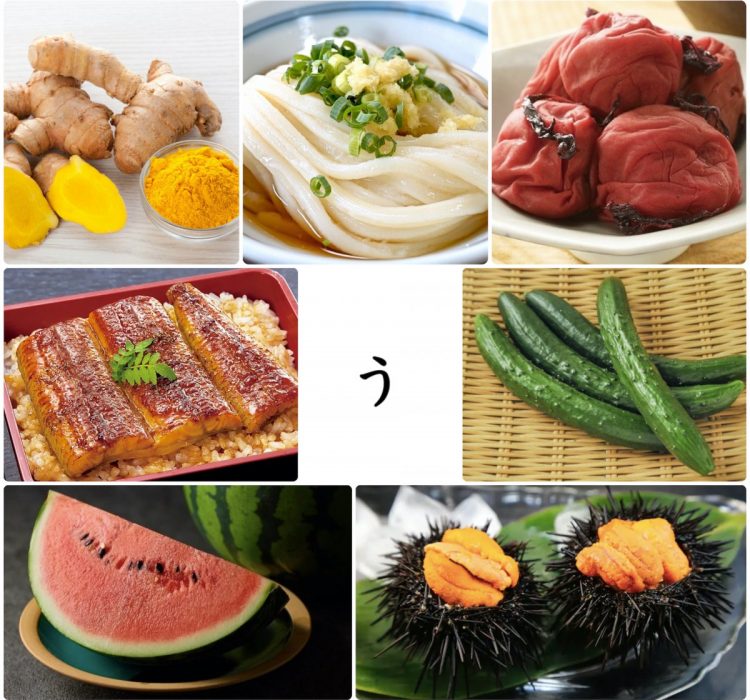
Aug.10
Elizabeth Andoh – Eat to Beat the Heat
Aug.10
The Japanese have long believed that foods beginning with the syllable “U” (written” う in hiragana), have special beat-the-heat properties. Most famous is UNAGI (eel, rich in vitamin B1) known as an antidote for summertime lethargy. The current custom of eating soy-glazed eel (unagi no kabayaki), specifically on Doyō Ushi no Hi (Midsummer Day of the Ox), can be traced back…

July.08
MA-GO-WA-YA-SA-SHI-I
July.08
MA-GO-WA-YA-SA-SHI-I (Grandchildren are kind) This acronym helps speakers of Japanese remember the names of food groups that support a healthy diet. Each of the seven sounds represents a food group, while the total spells out a lovely adage (lauding the kindness of grandchildren). MA refers to mamé (beans), GO refers to goma (sesame… and other…
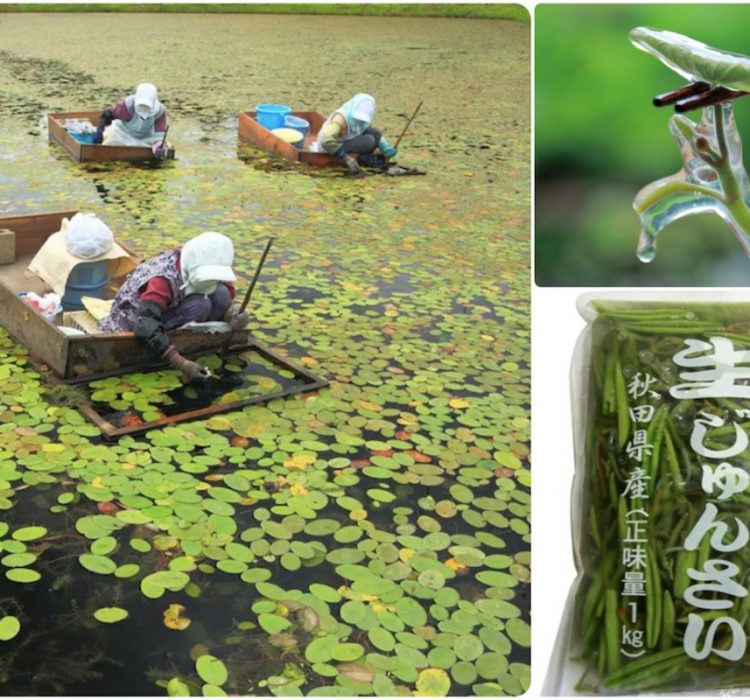
June.17
ELIZABETH ANDOH – A Taste of Culture: Junsai, a summertime delicacy
June.17
JUNSAI (water shield; Brasenia schreberi) grows naturally in lakes, ponds and slow streams in many parts of the world but only Japan and China have a long history of cultivating the plant as a food. The Japanese especially love foods with a tsuru tsuru (slippery, slithery) texture and young, unfurled junsai sprouts covered in a…
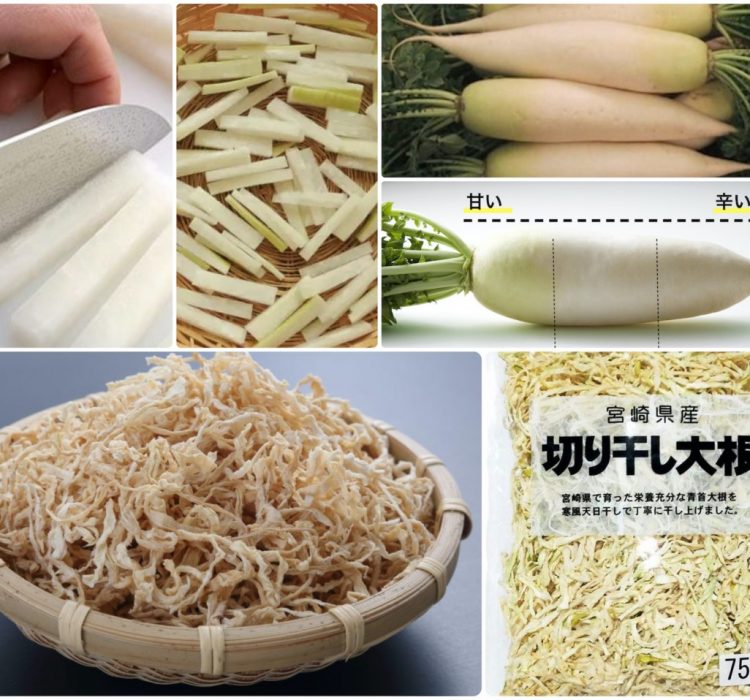
May.31
Elizabeth Andoh: A Taste of Culture – Kiriboshi Daikon (dried shredded radish)
May.31
Before mechanical refrigeration was available, people throughout the world struggled with keeping fresh food from spoiling. A variety of ingenious techniques were developed including drying fresh food in well-ventilated shade. In Japan, the resulting foods are known collectively as kambutsu (literally, “dried things”) and are an important category of comestibles in both home and professional pantries. Indeed the traditional…
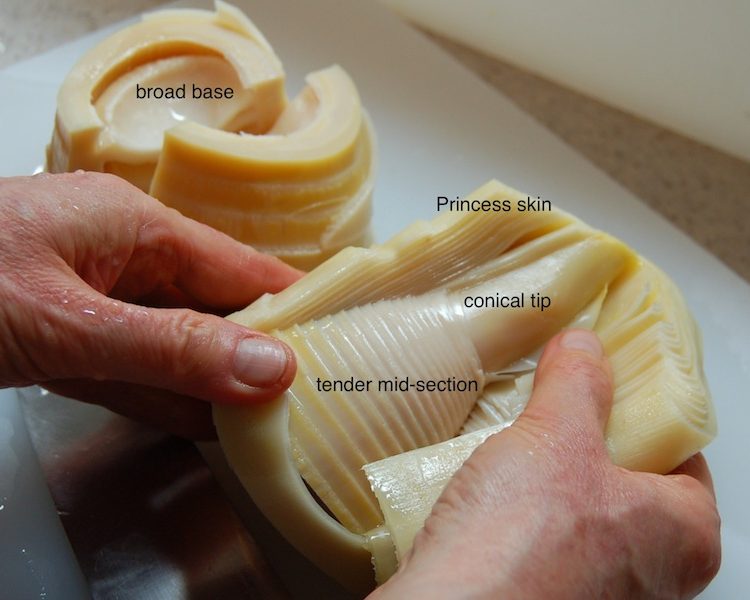
May.24
Elizabeth Andoh: A Taste of Culture – Fresh Bamboo Shoots
May.24
Takénoko (bamboo) shoots that are left to grow become mature pole-like bamboo trees.The youngest, most tender, barely breaking-through-the-ground shoots, however, are edible after brief parboiling (instructions on how to do this in this month’s KITCHEN CULTURE Blog). The flavor potential of takénoko can be awoken in many ways. Indeed, bamboo shoots easily become the focus of a menu, served…
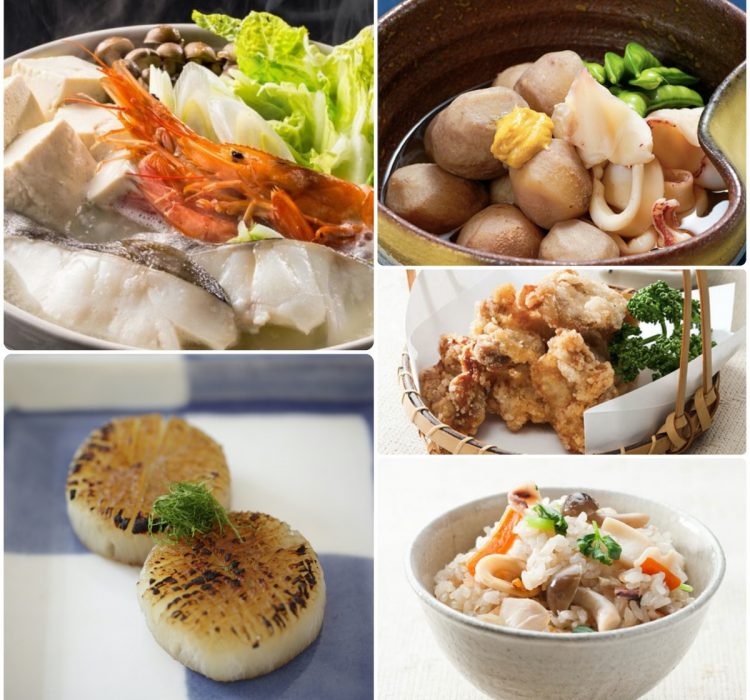
May.10
Elizabeth Andoh: A Taste of Culture – Funky Fermented Fish Sauce
May.10
The world’s oldest known cookbook, “The Art of Cooking,” attributed to Marcus Gavius Apicius (AD 14–37) contains a “recipe” for garum, a funky fish sauce made by layering fatty fish with salt and packing the mix in clay pots. When set in the hot sun for several months, the contents of the pots fermented. The fermented…









